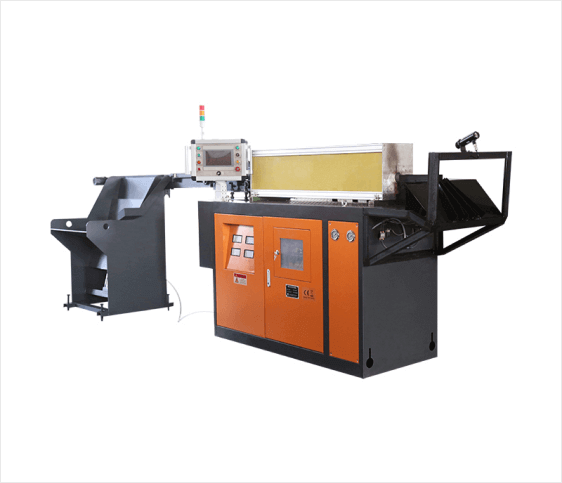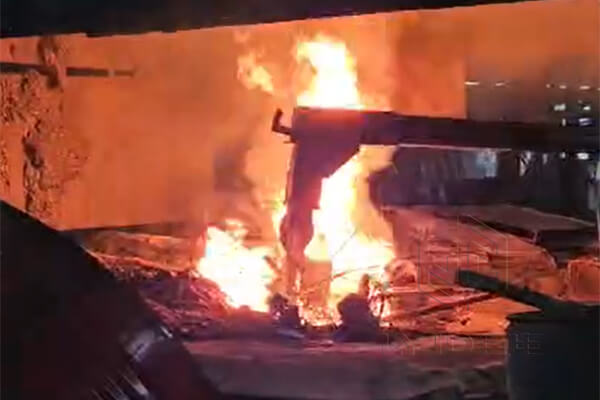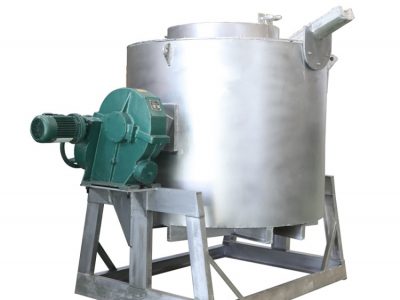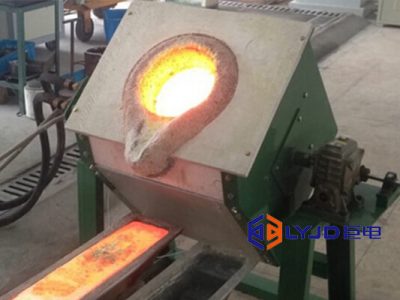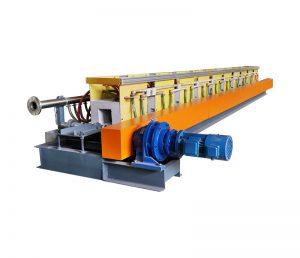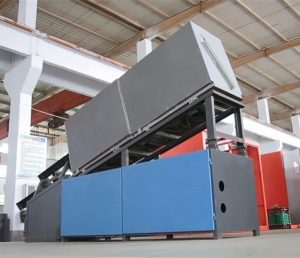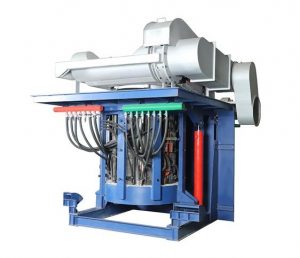Medium frequency induction furnaces are essential equipment in various industries, including foundries, metal casting, and metalworking. Selecting the right furnace for your specific needs is crucial to ensure optimal performance, productivity, and cost-effectiveness. In this comprehensive guide, we will walk you through the key factors to consider when choosing a medium frequency induction furnace.
Understanding Your Requirements
Before diving into the selection process, it's important to assess your specific requirements. Consider factors such as the type and volume of materials you'll be working with, desired melting capacity, and any specific temperature or alloy requirements. This evaluation will help you determine the appropriate furnace size and specifications.
Melting Capacity and Efficiency of Medium Frequency Induction Furnace
One of the primary considerations when choosing a medium frequency induction furnace is its melting capacity. Evaluate the desired production rate and ensure that the furnace you select can handle the required volume. Additionally, focus on energy efficiency to minimize operational costs and reduce environmental impact.
The capacity of a medium frequency induction furnace ranges from tens of kilogrammes to tens of tons. A proper capacity will save your energy cost.
Power Supply and Frequency
Medium frequency induction furnaces operate on different power supplies and frequencies. The power supply options include single-phase or three-phase, while the frequency options typically range from 1 kHz to 10 kHz. Understanding your power supply availability and the material you'll be working with is essential in selecting the appropriate furnace configuration.
Crucible and Lining Materials
The choice of crucible and lining materials is critical to ensure optimal performance and durability. Different materials are suitable for various applications and alloys. Consider factors such as temperature resistance, chemical compatibility, and thermal conductivity when selecting the crucible and lining materials.
Advanced Control Systems
Modern medium frequency induction furnaces come with advanced control systems that enhance efficiency and precision. Look for features such as temperature control, power modulation, and automatic data logging. These features not only streamline operations but also improve product quality and consistency.
Safety Features
Safety should always be a priority in any industrial setting. When selecting a medium frequency induction furnace, look for safety features such as overheat protection, emergency stop buttons, and fault diagnostics. Adequate safety measures will protect your personnel and prevent potential accidents.
Investing in a reliable furnace is essential to minimize downtime and maximize productivity. Research the reputation and track record of the furnace manufacturer or supplier. Additionally, inquire about after-sales support, including maintenance services, spare parts availability, and technical assistance.
Budget and Total Cost of Ownership
While it's tempting to focus solely on the upfront cost of the furnace, it's crucial to consider the total cost of ownership over its lifespan. Evaluate factors such as energy consumption, maintenance requirements, and operational efficiency to determine the long-term financial implications. A higher initial investment may yield significant savings in the long run.
Future Expansion and Upgradability
Consider your future growth plans and the possibility of expanding your operations. Select a medium frequency induction furnace that offers flexibility and upgradability options. This will allow you to scale up your production capacity or adapt to changing industry requirements without investing in an entirely new system.
Seek Expert Advice for Medium Frequency Induction Furnace
Choosing the right medium frequency induction furnace can be a complex process. Don't hesitate to seek advice from industry experts, furnace manufacturers, or consultants. They can provide invaluable insights and help you make an informed decision based on your specific needs.
Conclusion
Selecting the right medium frequency induction furnace involves a careful evaluation of your requirements, performance factors, safety features, and long-term costs. By considering the factors outlined in this comprehensive guide and seeking expert advice, you can choose a furnace that is perfectly suited to your industrial needs, maximizing productivity and efficiency.
